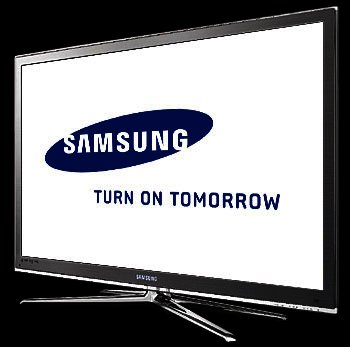Is 3D a fad or the way we’ll be watching television in the future?
Corrie Labuschagne (CL): If we look at the trend of 3D releases and theatres investing in 3D projection equipment as well as major studios investing in releasing 3D Blu-ray content, we expect 3D technologies to become an “expected” and “standard” feature when consumers shop for televisions. The active 3D technology is relatively new and will still evolve and enhance and will ultimately improve our viewing experience over time.
R900 for the entry level pair of 3D glasses seems a bit steep, especially if you have a family to cater for. Any comment?
CL: This is the price for purchasing the 3D glasses as an accessory. For this reason Samsung has taken the decision to include two 3D glasses with a 3D TV purchased as a bundle.
MultiChoice commented that 3D glasses might be a barrier to entry. Will we see 3D glasses being made redundant in future?
CL: That technology is already available, however, it does have various drawbacks. We believe that the shutter based technology with glasses offers the best Full HD 3D viewing experience.
 With MultiChoice not really committing to 3D broadcasting soon, 3D content seems a bit slim. Do you think your 2D to 3D converting of regular content will fill the gap?
With MultiChoice not really committing to 3D broadcasting soon, 3D content seems a bit slim. Do you think your 2D to 3D converting of regular content will fill the gap?
CL: The 2D to 3D conversion technology of Samsung allows consumers to watch all content in 3D, this means you can watch programs/ sport/ movies in 3D by pressing a button, allowing consumers to watch anything and everything in 3D.
Only Blu-ray players would be able to handle 3D DVDs. How many 3D titles will be making their debut on Blu-ray this year?
CL: We will probably see around 200 titles in the market over one year, increasing the number of titles to choose from.
What’s the price consumers will be paying for 3D, say for example on a 40" screen?
CL: The 40" C7000 will retail for approximately R30 000.